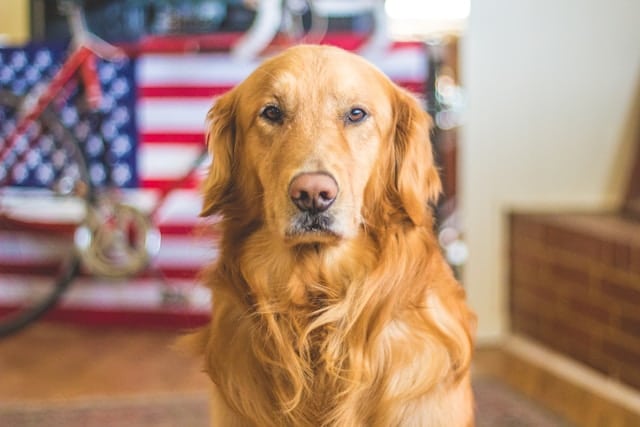What’s the Best Way to Introduce a Cat to a New Dog in a Controlled Environment?

As a proud pet parent, you might sometimes find yourself in a position where you need to introduce a new dog to your resident cat or vice versa. This process can be challenging as it involves two different species, each with its unique behaviors, instincts and ways of communication. However, with careful planning and a methodical approach, you can create a safe and controlled environment that will foster a positive introduction and eventually, a harmonious coexistence.
1. Preparation Stage
Before the actual introduction, there is a significant amount of preparation that needs to take place. It’s crucial you set the stage with the right elements to ensure a smooth and calm meeting between the cat and dog.
A lire également : How to Safely Increase the Humidity in Your Reptile’s Terrarium Without Causing Mold?
Creating a Safe Space for the Cat
Cats are territorial animals and can feel threatened when a new pet is introduced into their space. To help your cat feel secure, designate a specific room as their safe place. This room should have all the cat’s essentials like their food, litter box, and a favorite perch or hiding spot. This will be their refuge during the introduction process and will provide an escape route should they feel stressed.
Training Your New Dog
New dogs, especially puppies, may be overexcited and overly curious about their new environment. Before introducing the two animals, it can be beneficial to enroll your dog in basic obedience training. Familiarize them with commands like ‘sit’, ‘stay’, and ‘leave it’. This would give you more control during the introduction process.
A lire aussi : How to Create an Interactive Environment for Your Indoor Cat Using DIY Toys?
2. Scent Familiarization
Scent is a potent tool for animals and plays a crucial role in their interactions. Helping your pets get accustomed to each other’s scent before the physical introduction can ease the transition.
Initiating Scent Swapping
Start the scent familiarization process by swapping bedding between the cat and dog. This allows each animal to explore the other’s scent in a non-threatening manner. Additionally, you can use a soft cloth to rub on the dog and then place it near the cat, and vice versa. This process should be repeated until the pets appear calm and unbothered by each other’s scent.
3. Controlled Introductions
After the scent familiarization process, it’s time for the actual introduction. This stage requires a lot of patience and should be done gradually to ensure a successful outcome.
Introduction through a Physical Barrier
The first introduction should take place with a physical barrier in place. This barrier, such as a baby gate or a screen door, allows the pets to see and smell each other without any direct contact. Keep the encounters short and positive, rewarding the pets with treats when they exhibit calm behavior.
Leash Training
For subsequent introductions, you should keep your dog on a leash for better control. The cat, however, should always have an accessible escape route. This will decrease the chance of a potentially harmful pursuit.
4. Supervised Interactions
After several controlled introductions, if both pets exhibit calm behavior, you can slowly begin supervised interactions without any barriers.
Gradual Increase in Interaction Time
Start with short, supervised sessions where both pets are present in the same room. Observe their body language closely. Be patient and gradually increase the time of these interactions as their comfort levels improve.
Making Food a Positive Distraction
You can also use meal times as a way to create positive associations. Start by feeding the pets on opposite sides of the same room. Over time, as they become more comfortable, you could slowly decrease the distance.
Remember, every pet is unique. Some may take more time to adjust than others. Avoid rushing the process. With patience, consistency and positive reinforcement, your cat and dog can learn to coexist peacefully.
5. Monitoring and Adjustments
After you’ve familiarized your pets with each other via scent, physical barriers, and supervised interactions, it’s essential to continue monitoring their behavior. If you spot signs of heightened stress or aggression, you may need to take a step back and adjust your approach.
Recognizing Stress Signals
Pet animals, such as dogs and cats, communicate primarily through body language. Recognizing their stress signals can help prevent negative encounters. For instance, a scared or stressed cat may hiss, flatten its ears, or puff up its fur. A dog, on the other hand, may show signs like growling, stiffened body, or intense stares.
On noticing any such behaviors, it’s critical to intervene immediately. Redirect the dog’s attention with a toy or a command. You can also move the resident cat to its safe space if it appears threatened.
Making Necessary Adjustments
If either of your companion animals exhibits prolonged stress signs, you may need to slow down the introduction process. Return to the previous step where your pets felt more comfortable, be it scent swapping, introductions through a barrier, or short, supervised interactions.
Remember, this process is not a race. It’s about helping your dog and cat adjust to each other at their own pace.
6. Moving Forward
Once your cat and dog show signs of comfort and acceptance, you can start leaving them unsupervised for short periods. However, never leave them alone together until you’re completely confident they’ll get along, which could take weeks or even months.
Introducing the Entire House
When you feel ready, gradually introduce the dog to the cat’s safe room. Remember to keep dog leash handy during this process. Start with short visits and extend the duration gradually. This will help the dog understand that the cat’s safe space is also a part of its territory.
Moving Beyond Supervised Interactions
Begin leaving your pets together unsupervised for short spans. You may initially want to do this while you’re still at home. Monitor their behavior from a distance. If they seem comfortable, you can slowly increase the duration of these unsupervised interactions.
Conclusion
Introducing a new dog to an existing cat or vice versa can be a daunting process. However, with a proper understanding of your pets’ needs, a structured introduction process, and lots of patience, it’s definitely achievable.
Remember, the goal is not just to introduce the dog to the cat, but to foster a peaceful and respectful cohabitation among your beloved animals.
Whether you’re dealing with an overly curious puppy or a shy kitten, with empathy, understanding, and a structured approach, you can ensure a harmonious relationship between your pets. Always respect their unique pace and provide them with love and support as they navigate their new companionship.
